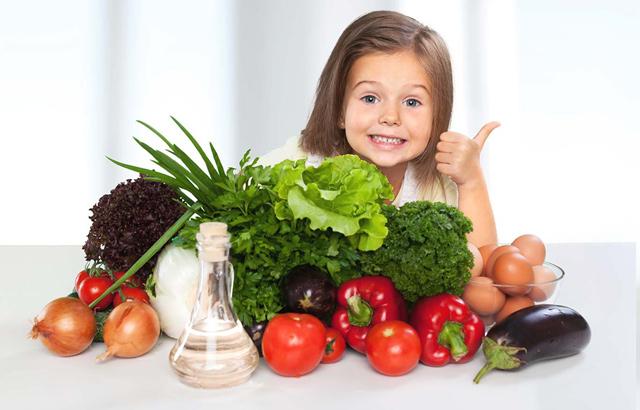You are here
Spices might get teens to like vegetables
By Reuters - Mar 19,2018 - Last updated at Mar 19,2018

Photo courtesy of risingbd.com
A dash of cumin or dill might help convince high school students to load up their plate with vegetables during lunchtime in the cafeteria, a small study suggests.
Researchers got about 100 high school students in rural Pennsylvania to taste a variety of plain vegetables seasoned with just oil and salt and then try the same vegetables flavoured with different spice blends. Participants rated how well they liked each dish and then indicated whether they preferred the plain or spiced up recipe.
Students liked broccoli, cauliflower, vegetable dip and black beans mixed with corn better when recipes included a spice blend, the study found.
When forced to choose between plain vegetables and vegetables seasoned with spice blends, students preferred the spicy versions for corn and peas, broccoli, vegetable dip, black beans with corn and cauliflower, the study also found.
“This is important because we really need to make sure we are focusing on improving the vegetables served in schools to make sure students take interest in eating them,” said lead study author Juliana Fritts of Pennsylvania State University in University Park.
“Vegetable intake is still SO low in adolescents and adults, and these are so important for health, so we really still need to be working harder at either making vegetables tastier or encouraging people to purchase and eat more vegetables,” Fritts said by e-mail.
Teen girls should eat four servings of vegetables a day, and teen boys should eat five, US dietary guidelines recommend. One serving of vegetables could be one cup of leafy greens, a half-cup of cooked or raw veggies, or three-fourths of a cup of vegetable juice.
Most students surveyed at the start of the study said the taste, the serving size, and the food’s appearance were “very important” characteristics of school meals.
Roughly three in four students said disliking the taste stopped them from eating vegetables. More than half also said they did not like the vegetables served in school.
Most students were familiar with common spices like cinnamon, garlic powder, black pepper, chili powder, oregano and basil, surveys also found. Very few of them were familiar with cumin, allspice, curry and sage.
The students tasted different vegetables, sometimes plain and other times with added spices, during lunch periods on different school days. Cafeterias served canned or frozen vegetables similar to what they would normally prepare for school lunches.
Sensory scientists and research chefs at the McCormick Science Institute, which funded the study, developed the recipes for the experiment. McCormick makes spices sold in grocery stores and to industrial and commercial customers.
One limitation of the study is that participation was voluntary and it is possible students who agreed to sample different vegetables had different preferences or opinions about veggies than the kids who declined to participate, researchers note in the journal Food Quality and Preference.
Another drawback is that researchers did not test whether a stronger preference for vegetables with spices translated into teens actually eating more vegetables.
Still, the approach tested in the study would be a low-cost and simple strategy to try in school cafeterias because it is using products that are already staples of school lunch programmes, said Gregory Madden, a researcher at Utah State University in Logan.
“Increasing the variety of vegetables served can modestly increase consumption,” Madden, who was not involved in the study, said by e-mail. “A more effective strategy is to get rid of competing foods on the plate.”
Related Articles
PARIS — In new research studying how genetic factors determine taste, scientists now believe they know why some humans prefer coffee while o
Older women who eat more vegetables may be less likely to develop hardening of the arteries, an Australian study suggests. Researchers
By using the right words and repeating the phrases, adults can help young kids get over picky eating behaviours and eat healthier foods, acc














